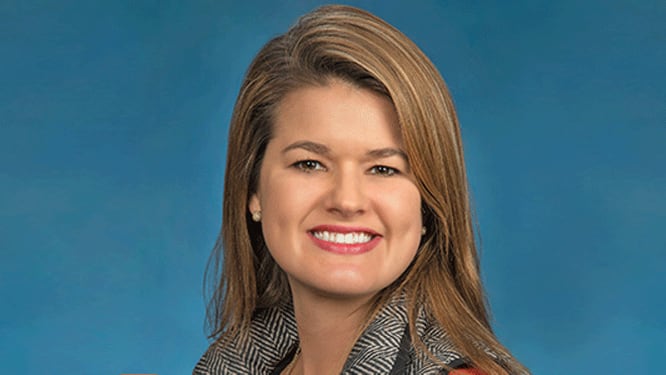Ensure your employees know why your business needs their work more now than ever: Casey Swails, NASA


The world of work as we know it is going to look drastically different from it is now, post-COVID-19. With the rising number of companies working from home, organizations have been tasked with ensuring high-level engagement while not compromising on productivity. Thus, there is an imminent need to relook at how we can improve the experience of our employees during and post this global crisis. The People Matters EX Virtual Conference on 19th June is our endeavor to throw the spotlight on employee experience (EX) to reiterate its importance, especially in today’s changing times.
The Virtual Conference aims to spark ideas and initiate actions on accelerating the development of a consumer mindset to solving people & work challenges in order to attract and retain future talent, bolstering productivity and ultimately building happier workplaces. The conference will bring together experts who are leading the conversation on EX in their respective organizations.
One such expert is Casey Swails, Director, Executive Services, NASA. She will be speaking on the shift from physical to virtual workplaces at scale. In an exclusive interaction with People Matters, Casey shares ways in which organizations can do while ensuring high-level engagement and productivity.
How easy or difficult it was for NASA to switch to the remote working mode when COVID-19 struck?
Overall, we were set up very well to transition to remote work and since COVID, about 90% of employees able to perform work remotely. NASA has encouraged telework for some years and many employees had experience teleworking prior to COVID-19. The Agency includes ten Centers that span across the US, and some of the work is very technical in nature and requires on-site presence in labs or the mission control rooms.
What have been some of the biggest challenges as the majority of your workforce adjusted and settled into a work-from-home routine?
“While we were able to quickly shift into remote work, leading in a virtual environment is very different than leading in-person teams. Some of our biggest challenges were around ensuring our first-line supervisors were set up for success to lead their teams virtually.”
It was also a challenge to telework full time for all meetings and interactions, as opposed to teleworking for a day at a time interspersed with onsite work where people could connect directly with each other. Our employees have found that a new pattern of work has emerged with full-time telework - there are now a few breaks in the day – so managing workload and building in breaks has become a new priority. Finally, with schools, daycares, and other support systems closed, employees with dependents are struggling to look after their dependents and work full time.
What were some of the policies put in place to provide your employees with uninterrupted employee experience and ensure that productivity doesn’t suffer?
“We’re fortunate that we have an incredible mission and therefore productivity hasn’t been much of a concern. This is an exciting time for our agency, particularly as we recently launched American astronauts from American soil for the first time in nearly a decade. If anything, employees are working more, particularly with all of our mission milestones.”
Flexibility has been key for us as everyone has different individual circumstances they are dealing with. We have managed to maintain most of our human capital processes, including employee onboarding and off-boarding. The federal government provided paid leave for dependent care and NASA allows the most generous amount within guidelines - up to 25% per pay period. This has helped employees balance work and home lives. We have posted information of all kinds on a website that serves as a one-stop location for all guidance and support during COVID.
What as per NASA will be the new normal of work in the coming months?
For now, we are still encouraging all employees who are able to work from home. We have started to develop plans with a staged approach to re-open with safety at the forefront. We want to ease back in and ensure our employees know that their safety is our top priority.
What are some of the pragmatic recommendations you want to share with other firms to survive and thrive in this new normal of work?
· Put people and their safety first. Focus on providing resources for first-line supervisors and managers that support their employees in managing their workload, setting priorities, and connecting to resources that will help them balance their work and home lives.
· Be transparent and vulnerable in your communications.
· Ensure your employees know why your nation, community, and or/business need their work more now than ever
To learn from her and other experts as to what it takes to create a world of incredible experiences, join us for the People Matters EX: A Virtual Conference on 19th June


